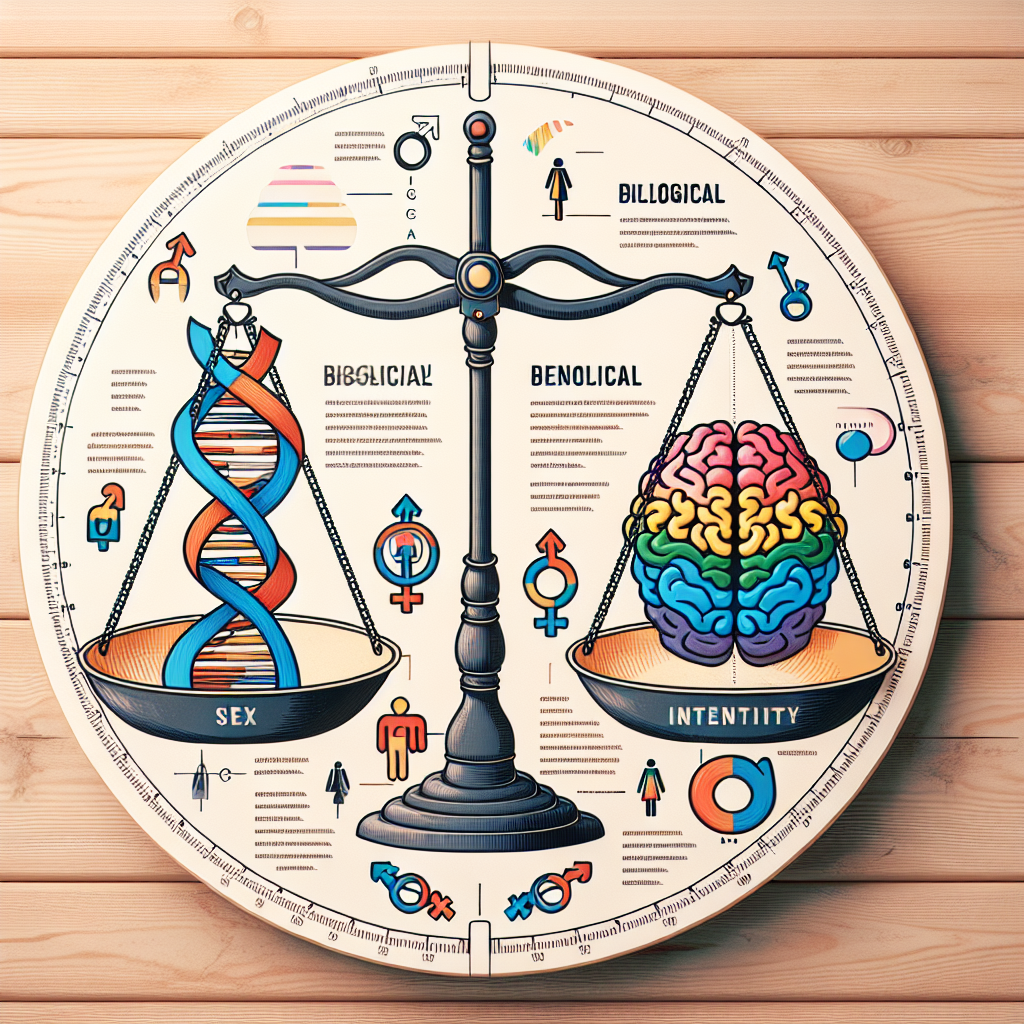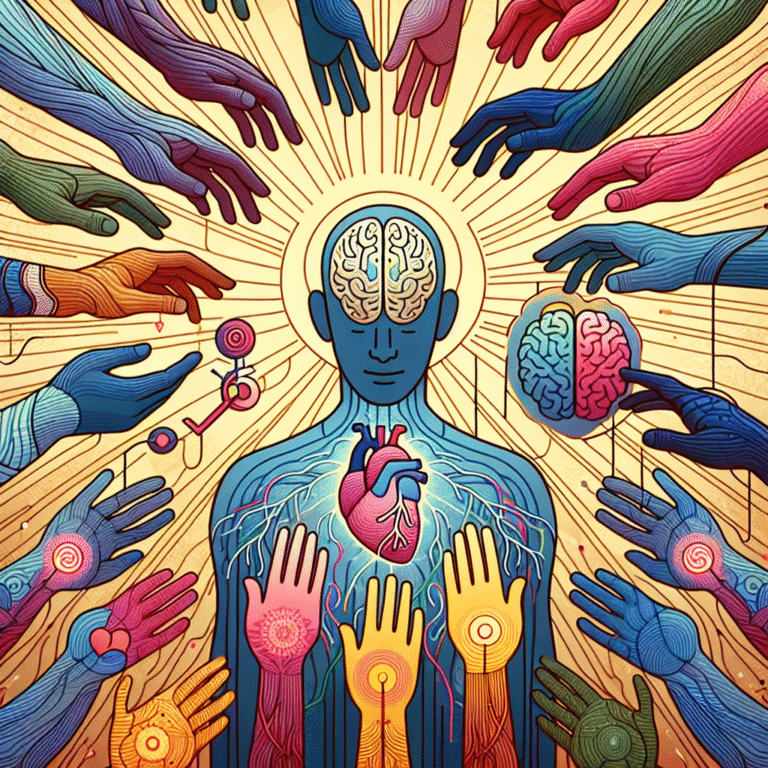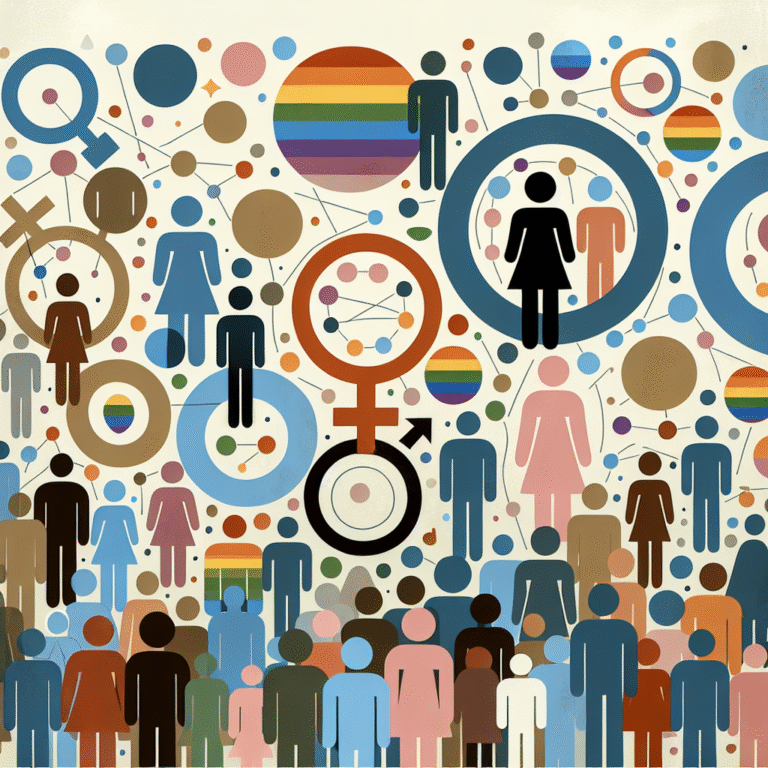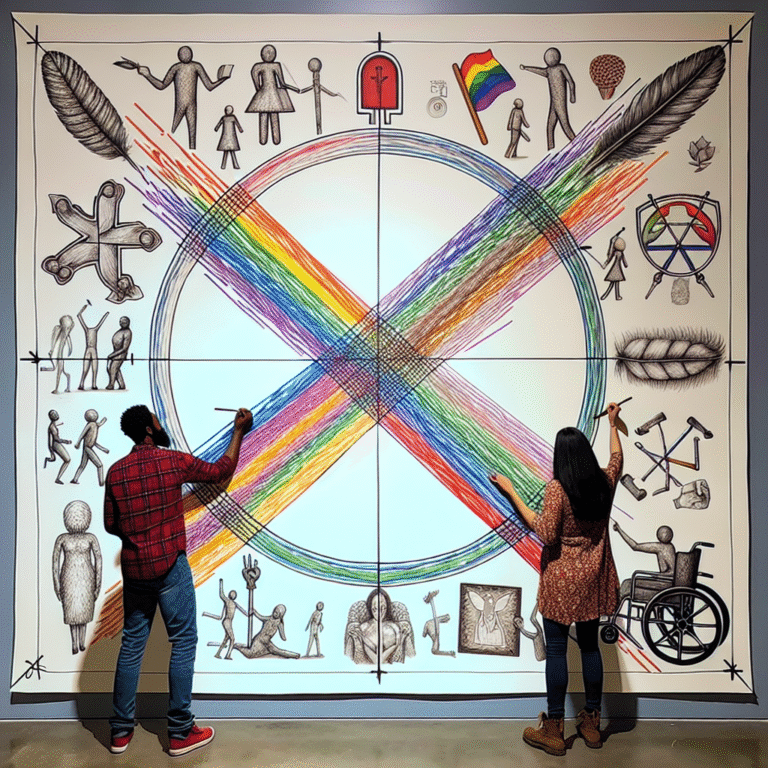
Introduction
In today’s ever-evolving landscape of social norms and scientific understanding, the distinction between biological sex and gender identity has never been more crucial. As discussions surrounding these concepts gain traction in educational institutions, workplaces, and healthcare, a well-rounded comprehension of "Biological Sex vs. Gender Identity: What You Need to Know" is vital. This article serves as your ultimate guide, shedding light on these often-confused terms while offering insights, real-world applications, and the implications of understanding these differences in various aspects of life.
Understanding Biological Sex
What is Biological Sex?
Biological sex refers to the physical and physiological differences that characterize male and female bodies. These include:
- Chromosomes: Typically, females have two X chromosomes (XX), while males have one X and one Y chromosome (XY).
- Hormonal Profiles: Men generally produce more testosterone, whereas women have higher estrogen levels.
- Reproductive/Anatomical Structures: This includes organs such as testes in males and ovaries in females.
Case Study: The Role of Chromosomes in Sex Development
A fascinating case study involves individuals with Turner syndrome who have a single X chromosome (XO), resulting in unique biological characteristics. This condition illustrates how biological sex can deviate from the traditional binary understanding, prompting further exploration into sex and gender.
Analysis
Turner syndrome helps illuminate the complexity of biological sex by showing that even with a clear chromosomal pattern, the expression can vary significantly. Understanding these nuances is essential in grasping the broader dialogue around sex and gender.
Understanding Gender Identity
What is Gender Identity?
Gender identity is an individual’s deeply-felt sense of their gender, which may or may not align with the biological sex assigned at birth. This means that:
- Transgender: Individuals whose gender identity differs from their assigned sex at birth.
- Cisgender: Individuals whose gender identity aligns with their assigned biological sex.
- Non-binary: Those who do not exclusively identify as male or female, embracing a spectrum of gender identities.
The Spectrum of Gender
The concept of gender as a spectrum rather than a binary system allows for a more nuanced understanding of individual experiences. It recognizes that identities may evolve and shift over time.
Case Study: Transgender Rights Movement
The transgender rights movement’s emergence has facilitated significant dialogue surrounding gender identity, highlighting issues of discrimination, healthcare access, and societal acceptance. Activists have argued for legal recognition and protection, contributing to a more informed public.
Analysis
The legal and societal evolution surrounding gender identity emphasizes the need for continued awareness and empathy. The complexities discussed in "Biological Sex vs. Gender Identity: What You Need to Know" are lived experiences for many individuals, further motivating the need for advocacy and education.
The Interaction Between Biological Sex and Gender Identity
How They Differ and Overlap
While biological sex and gender identity are distinct concepts, they do interact and influence each other. Understanding this interplay is key to conversations surrounding gender and rights.
| Aspect | Biological Sex | Gender Identity |
|---|---|---|
| Definition | Physical characteristics | Self-identified gender |
| Typical Assignments | Male (XY), Female (XX) | Transgender, Cisgender, Non-binary |
| Flexibility | Generally fixed at birth | Fluid and can change over time |
The Role of Society
Societal expectations often dictate how individuals express their gender identity and can impact their mental health and well-being. For example, a woman assigned female at birth may feel pressure to conform to traditionally feminine behaviors, regardless of her true gender identity.
Actionable Insights
Understanding "Biological Sex vs. Gender Identity: What You Need to Know" can empower individuals to foster acceptance and advocate for inclusive policies. Here are practical steps:
- Educate Yourself and Others: Read books, attend workshops, and engage with diverse communities to broaden your understanding.
- Practice Inclusivity: Use preferred pronouns and address individuals by the names they choose.
- Support Advocacy: Participate in local initiatives that stand for gender rights and equity, such as Pride events.
Conclusion
The ongoing discussion about biological sex and gender identity is not merely academic; it touches lives and shapes experiences. As society grapples with these concepts, an informed approach is essential. Remember, understanding "Biological Sex vs. Gender Identity: What You Need to Know" transcends definitions; it urges us to embrace individuality, promote acceptance, and uplift marginalized voices.
FAQs
1. What is the difference between biological sex and gender identity?
Biological sex refers to the physical and physiological attributes like chromosomes and reproductive anatomy, whereas gender identity is one’s personal understanding and experience of their gender.
2. Can someone identify as a gender different from their biological sex?
Yes, individuals can identify as a gender different from the sex assigned at birth. For instance, a person assigned female may identify as male or non-binary.
3. Are there medical conditions that affect biological sex?
Yes, conditions like Turner syndrome or Androgen Insensitivity Syndrome can affect biological characteristics, leading to a diversity of experiences within sex and gender.
4. How can I be supportive of someone transitioning?
Being supportive involves listening, using correct pronouns and names, and educating yourself about their experiences and challenges. Your acknowledgment can make a significant difference.
5. Why is understanding these concepts important?
Understanding biological sex and gender identity fosters an inclusive society, minimizes discrimination, and promotes better mental health outcomes for individuals across the spectrum of identity.
In a world craving understanding and compassion, the knowledge of "Biological Sex vs. Gender Identity: What You Need to Know" lays the foundation for a more equitable future. Embrace it as a leap towards a more informed and inclusive society.














